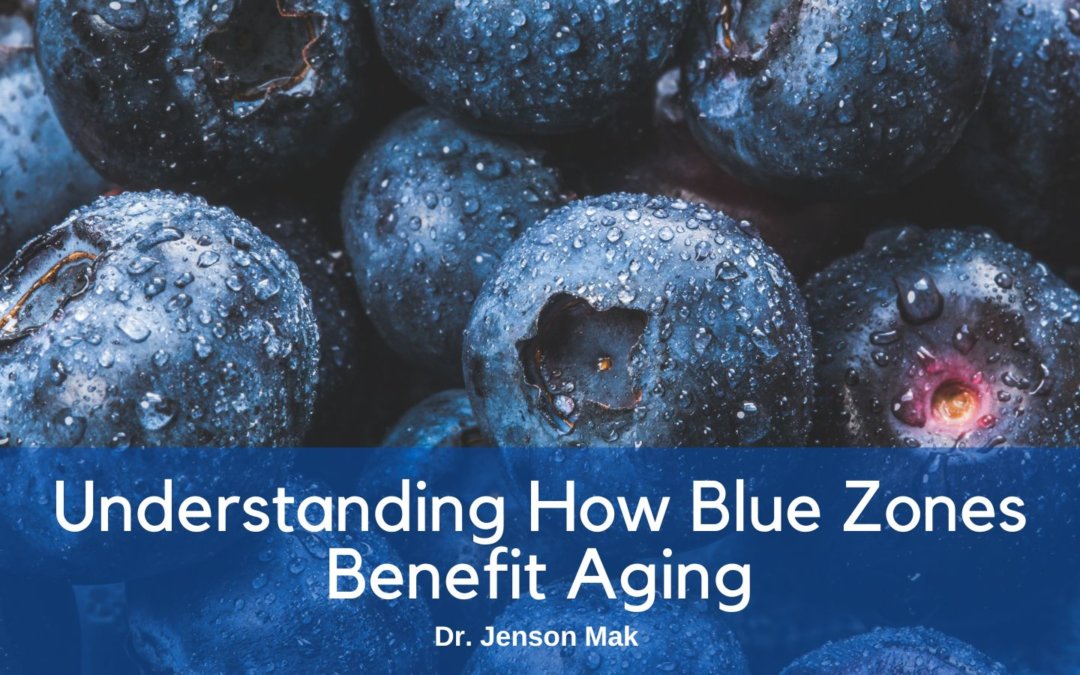Age-related chronic illnesses are growing more and more prevalent. Studies show that lifestyle influences your age span and susceptibility to certain diseases more than genes do. Only 20–30% of lifespan is hereditary. Environmental factors, such as nutrition and lifestyle, significantly impact how long you live. A few locations on earth are referred to as Blue Zones. The phrase describes regions with lower incidences of chronic illnesses and higher life expectancy than everywhere else.
Author Dan Buettner coined the term when researching regions of the globe where people live very long lives. They are known as Blue Zones because Buettner and his colleagues placed blue circles around them on a map while they were exploring. They ultimately designated cities within Japan, California, Costa Rica, Greece, and Italy as Blue Zones because they had unusually high percentages of nonagenarians and centenarians living beyond 90 and 100.
Diet
The majority of the population in Blue Zones consumes a 95% plant-based diet, which is one factor that unites them. Despite not being absolute vegetarians, most groups only consume meat around five times a month. Studies have shown that eliminating meat can significantly lower the chance of mortality from heart disease, cancer, and a variety of other various reasons.
The usual diet of people living in the Blue Zones is high in legumes, whole grains, veggies, and nuts, all of which may lower mortality risk. They also observe the 80/20 rule, eating most of the time healthily.
Caloric restriction can also promote lifespan. Eating 30% fewer calories than average may lead to a significantly longer life. Japanese people rely on the 80% rule known as hara hachi bu. It takes approximately 20 minutes for hunger hormones to stop signaling to your brain. By stopping when you are 80% full, you avoid the risk of overeating. Eating slowly and deliberately is another well-substantiated method of caloric reduction. In addition to consistently cutting out calories, periodic fasting reduces blood pressure, cholesterol, and other risk factors for chronic diseases.
Exercise
The current physical activity guidelines for Americans suggest a minimum of either 150 moderate-intensity or 75 vigorous-intensity aerobic activities per week. In Blue Zones, people incorporate exercise into their daily lives, not just by going to the gym. People stay active through gardening, walking, and other daily chores. The distance you walk or the stairs you climb each day may affect how long you live. Other studies have shown the benefits of exercise in reducing the risk of cancer, heart disease, and overall death.

